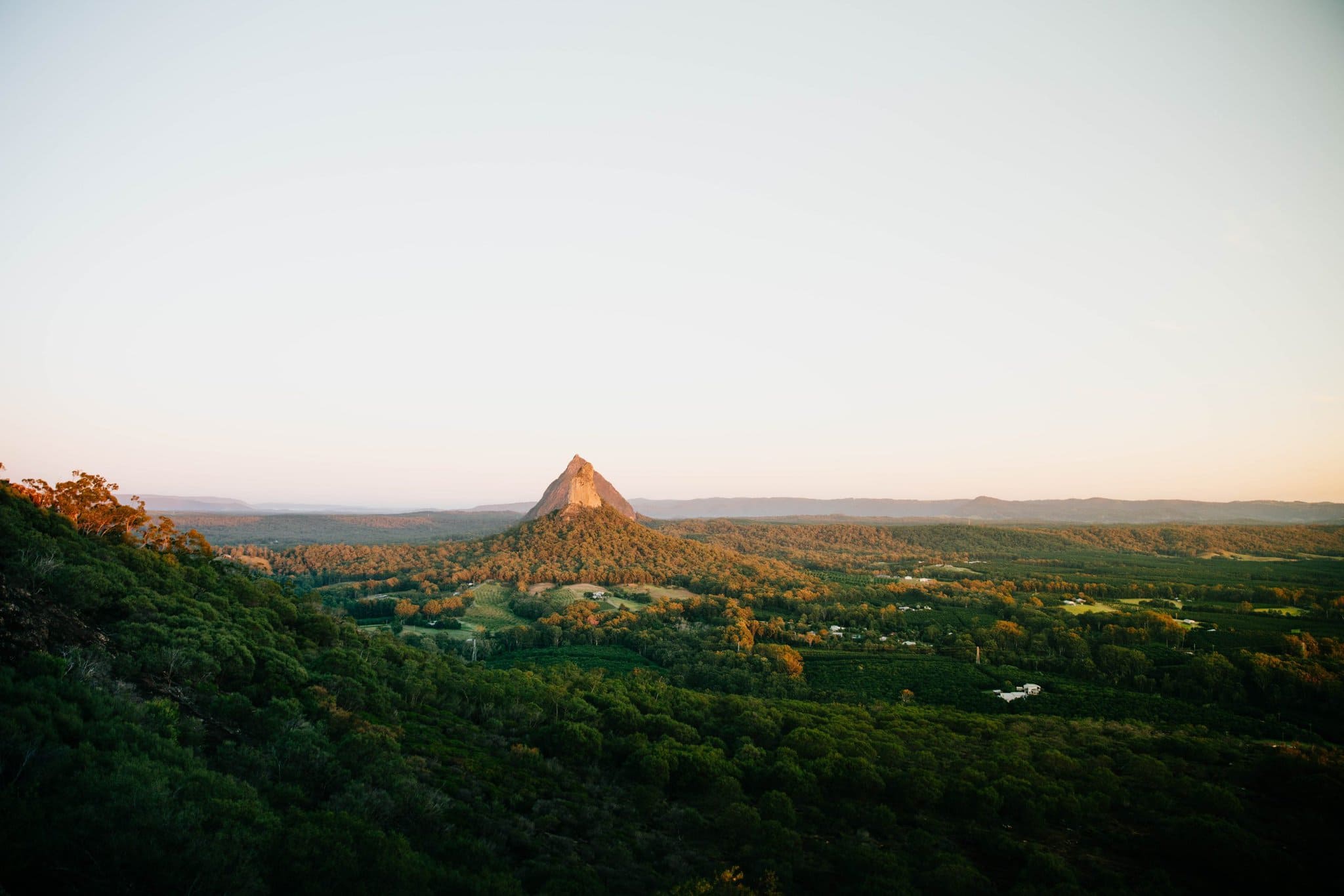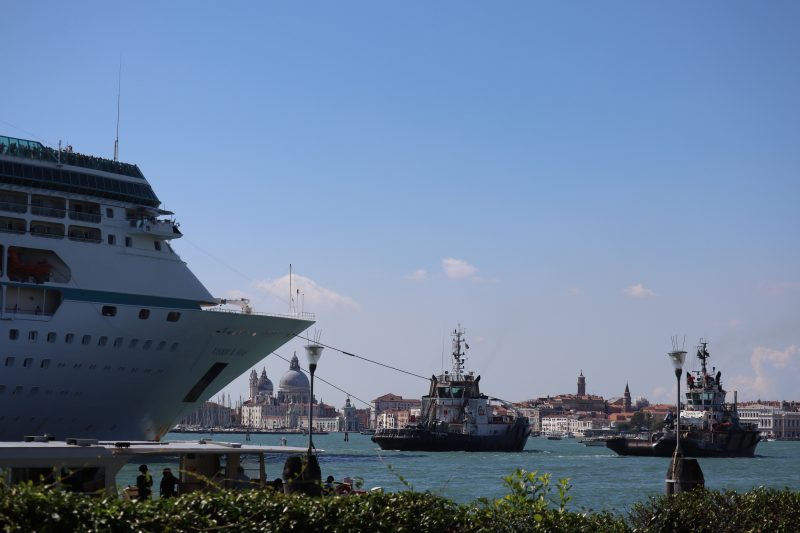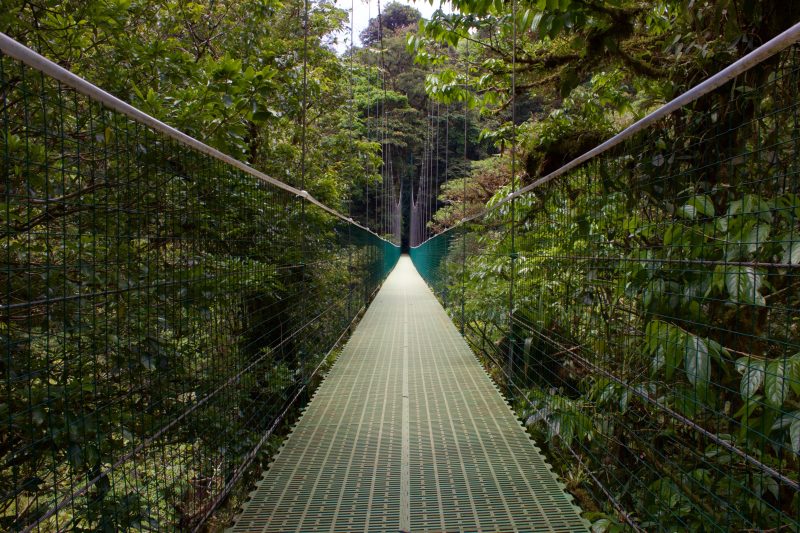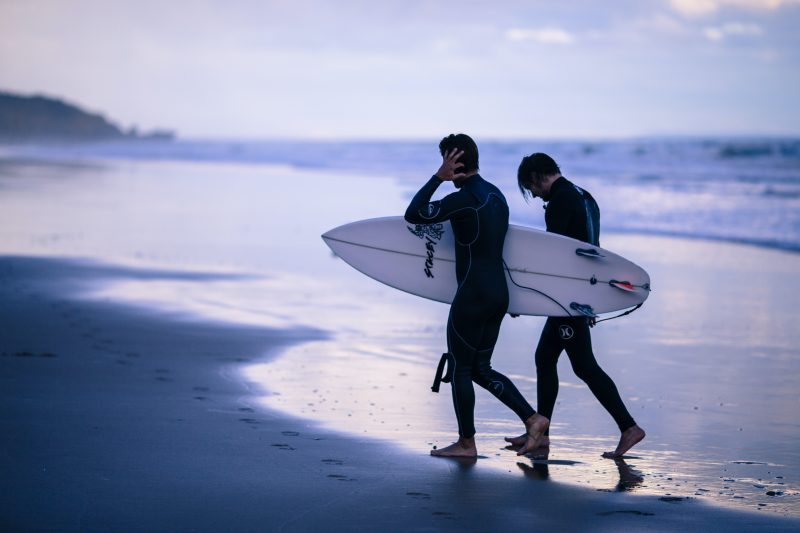Destinations Transforming Community Sentiment Towards Tourism
Published on March 18, 2023

What happens when a community turns it back on tourism?
This has become an occurrence in destinations across the world where the direct and indirect consequences of tourism having a negative impact on communities, has led to an anti-tourism movement.
In some circumstances communities have taken matters into their own hands and put up fierce resistant to visitors.
In Barcelona in July 2017, a group of masked protesters attacked an open-top tour bus packed with tourists, slashing the tyres and spray painting the words ‘El Turisme Mata Els Barris’ – ‘Tourism Kills Neighbourhoods’ on the windscreen. There have been regular protests and rallies, with signs around the city demanding that ‘tourists go home’ and it has been described as ‘an invasion’ rather than tourism.
Not exactly the sort of PR a destination wants when looking to attract visitors!
A Global Movement
The future of tourism is changing, in fact it is already here with global trends looking to support 'local 'over global and turning the tide on community sentiment.
There are destinations that have been early adopters at identifying the issues and taking action so that tourism can benefit communities with some looking to convince travellers to make a positive commitment before they have even visited.
Tourism New Zealand partnered with Air New Zealand so that the inflight safety video was also the Tiaki Promise – a commitment to care for New Zealand.
Meanwhile Palau is the first nation on earth to change its immigration laws for the cause of environmental protection. Upon entry, visitors need to sign a passport pledge to act in an ecologically and culturally responsible way on the island, for the sake of Palau's children and future generations of Palauans.
On the other hand, destinations such as Barcelona, Venice and more recently Hawaii have made world headlines for all the wrong reasons when it comes to tourism.
Overtourism
Imagine living in a destination your whole life, then each summer a seemingly endless amount of cruise ships come, with thousands of tourists disembarking each one and descending on your hometown/city like a swarm of bees. The majority of the time, these tourists are just coming for the day, they have booked tours through the cruise line itself and may have even eaten on board the cruise ship, so other than the odd souvenir shop strategically placed on route to the main attractions, very little is spent in your community and very few benefit.
That is the reality of people living in tourism hotspot cities like Barcelona, Venice or Durbrovnik, but this exact scenario happens in much smaller places too such as the majestic town of Kotor in Montenegro.
Ultimately it doesn’t matter how small the destination is or how many tourists it can cope with, it’s whether a cruise ship can dock there and how much the authorities are being paid for to make it happen.
Even if you replace cruise ships with busloads of tourists taking a day trip to see an attraction, the negative impact on the community living there is similar.
Overnight visitors do not fare much better. Mass tourism influx on a destination puts tremendous demand on accommodation, leading to strain on the community with rents soaring and residents struggling to afford the increases and gradually, and heartbreakingly, inevitably they are pushed out of the area they have always called home.
Visit Flanders in Belgium has changed their primary indicators of success to aim for more than just growth in the number of visitors. Aside from prosperity, growth is now defined as 'better tourism', with the primary indicator being the extent to which local destinations and their residents flourish. They are aiming for an increase in the net value for everyone involved in tourism.

Climate Change
Overtourism is one of the major reasons tourism is such a significant contributor to climate change, not just because of high volume of tourists causing emissions to travel to different places, but also the environmental impact it is having on destinations.
In Venice, the people coming off the cruise ships wasn’t the only problem, it was the cruise ships themselves which cause three main impacts ‘the displacement of water and the consequent erosion of the lagoon, the corrosion caused by pollutant, and the digging of canals in the Venetian Lagoon which is a very delicate environment.’
In 2021, after decades of protests and campaigning by Venetians, the Italian government banned ships weighing more than 25,000 tonnes docking in the Unesco world heritage site effectively meaning only small passenger ferries and freight vessels can use the canal.
A real success story is Costa Rica where sustainability is not just a practice, it’s a way of life. A pioneer in the area of sustainability, Costa Rica produces almost all of it’s electricity from renewable resources and 30% of it’s territory is protected natural land.
Waverley Council in Sydney, have one of the worlds most famous beaches putting huge pressure on the community with the influx of visitors that come to Bondi Beach. They have created a Sustainable Visitation Strategy to balance the needs of residents, businesses and visitors, alongside consumer messaging on their visitor guide website Hello Bondi where they have leveraged the legendary Bondi Lifeguards in a video about keeping Bondi clean.
Part of a government plan in Austria to make transport in the country carbon neutral by 2040 was to reduce private motorized transport and increase public transport usage by a third. To encourage this the KlimaTicket (“Climate Ticket”) was introduced costing just €1095 per year, with unlimited access to every form of public transportation in Austria: All buses, undergrounds, trams and local, regional and national trains — private and public.

What does it look like for Australia?
Regional communities in Australia are under strain from tourism whilst also being hit by the effects of climate change causing extreme floods, bushfires, coastal erosion, crop failure, and drought.
In the 2022 Victorian state election where climate action dominated many of the debates and campaigns, decades of research and community led work showed that consumer demand was massively in favour of taking action on climate change.
This forced Victorian Election promises which was the most ambitious climate change agenda in Australian history and Victorians ultimately endorsed this with their votes.
But there are also councils taking a progressive approach at ground level. The Surf Coast Shire on the Great Ocean Road in Victoria has declared the intention to be know internationally as an environmental leader and have developed the Towards Environmental Leadership Program which is all about the shire and communities working together to protect the natural environment and transition to more sustainable and environmentally friendly practices.

Tackling Negative Community Sentiment
Sometimes rightly or wrongly, we may form an opinion on a destination judged on our interactions with the local community. If a local was rude to us, do we conclude that the people there are unfriendly? Would you be an advocate for others to visit?
Perhaps though, before passing judgement, we consider the people in that community may have been negatively impacted as a result of tourism for many years, and one has vented that frustration to an unsuspecting visitor who just happens to be in the firing line on that particular day.
Sedona in Arizona, USA created this beautiful video titled ‘Soul of Sedona: Stewardship’ to educate visitors to respect the locals and respect the land through local storytelling, community engagement and collaboration.
Each and every tourism destination and tourism operator have the power to act in a way that truly benefits the local community in a multi-faceted approach including:
- Ongoing consultation with the the community so they are part of the discussions and decisions around tourism (not just at the time of developing destination strategies)
- Supporting local small businesses
- Getting behind local environmental causes by donating, communicating or volunteering support
- Reducing the impact on the community through operations
- Acting in a way that had a positive impact on the environment
- Being visible with actions such as beach clean ups
- Here in Australia (or other countries with Indigenous communities), acting as an ally business to First Nations peoples
- Creating a sense of community and belonging
Often voted one of the most sustainable cities in the world, Copenhagen developed a 4-year strategy called ‘The End of Tourism As We know it’ where the key strategic concept was ‘Localhood for everyone’.
Under the vision of localhood, residents and travellers co-create the destination and shape its development to make Copenhagen a better place to live for all. Localhood emphasizes human relationships instead of mass marketing – sustainable growth instead of growth at all costs.
Promoting all things local brings a sense of community to tourism destinations and businesses and visitors will enjoy a more authentic, enriching travel experience.
Over time these actions have the potential to transform community sentiment, leading to a more welcoming community to tourists who in turn become advocates of that destination for a more locally minded visitor seeking to understand and contribute.
Perhaps as a result, one day you revisit that destination where a local was once rude to you and you encounter an entirely different experience.
